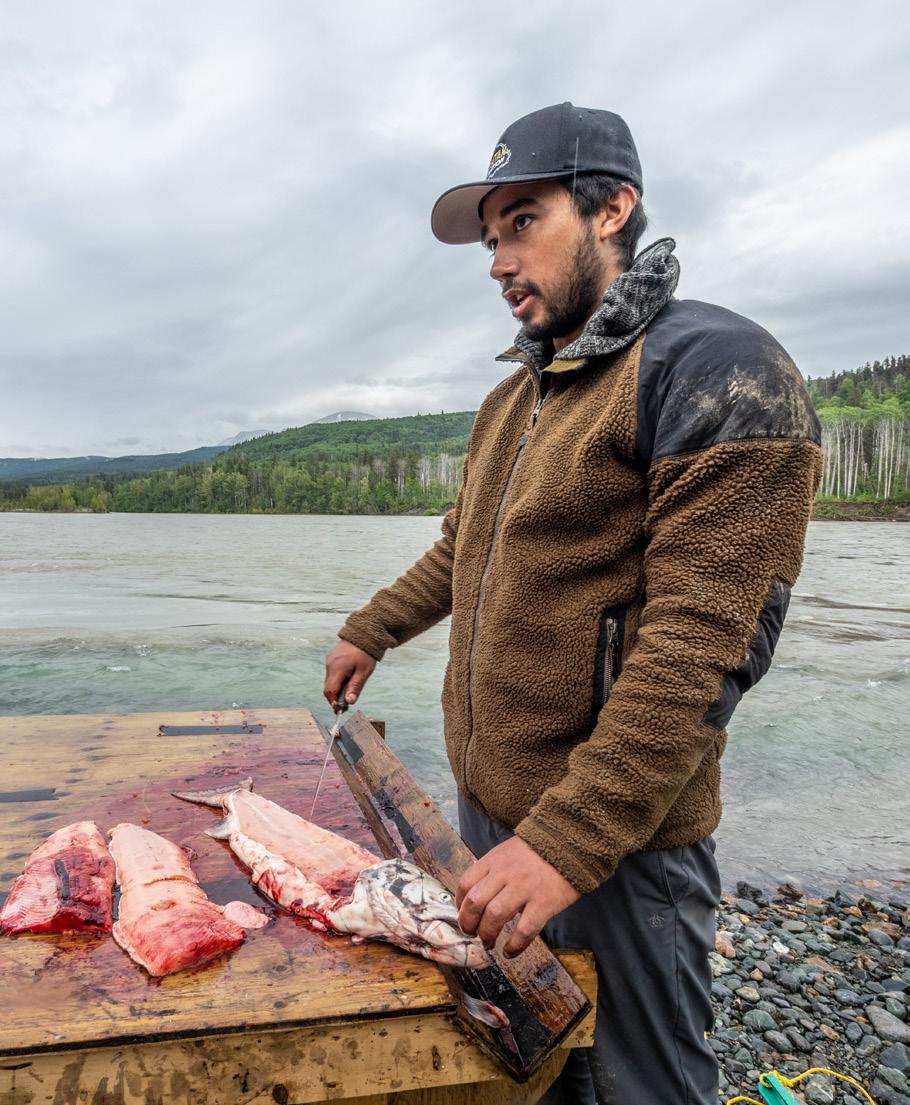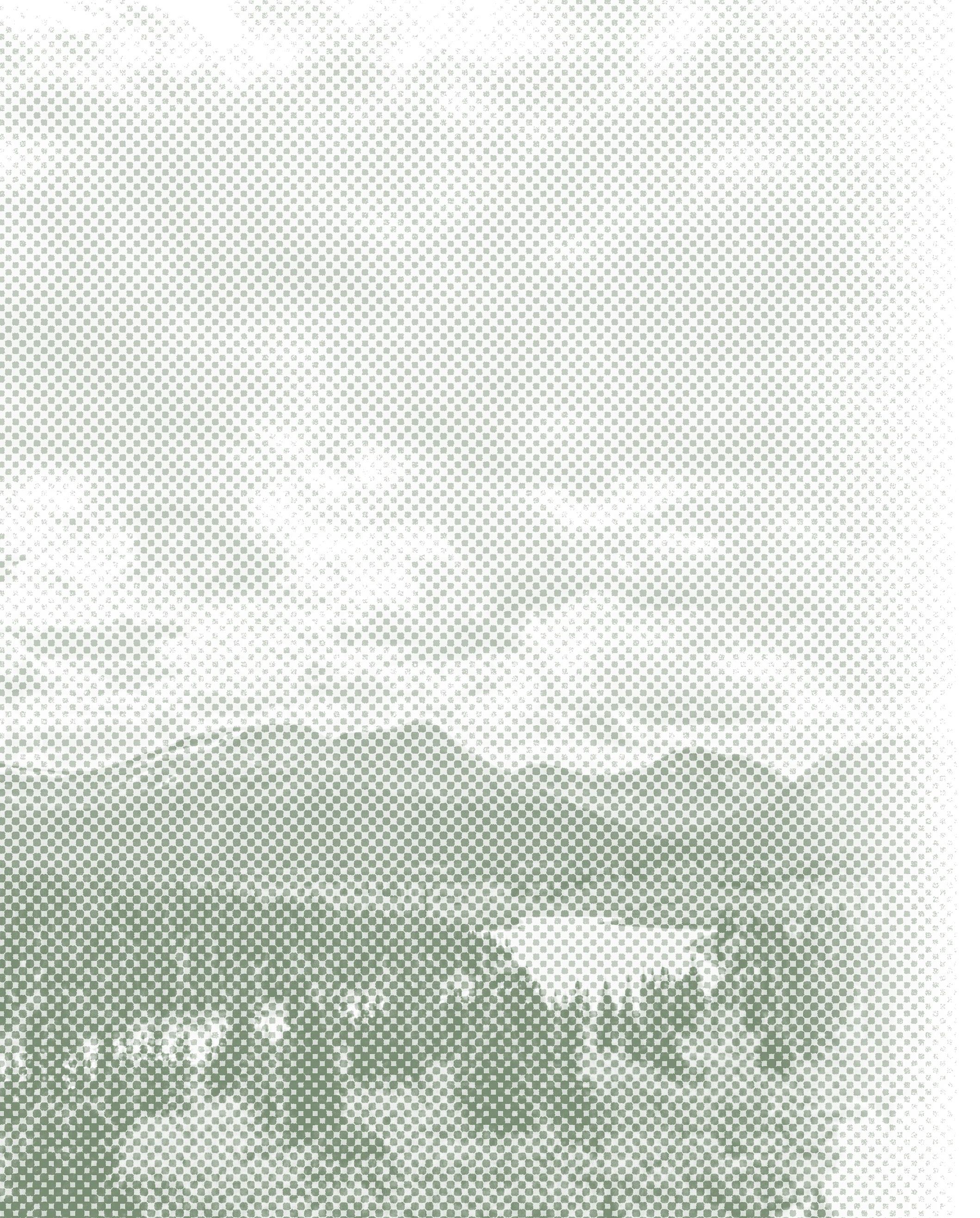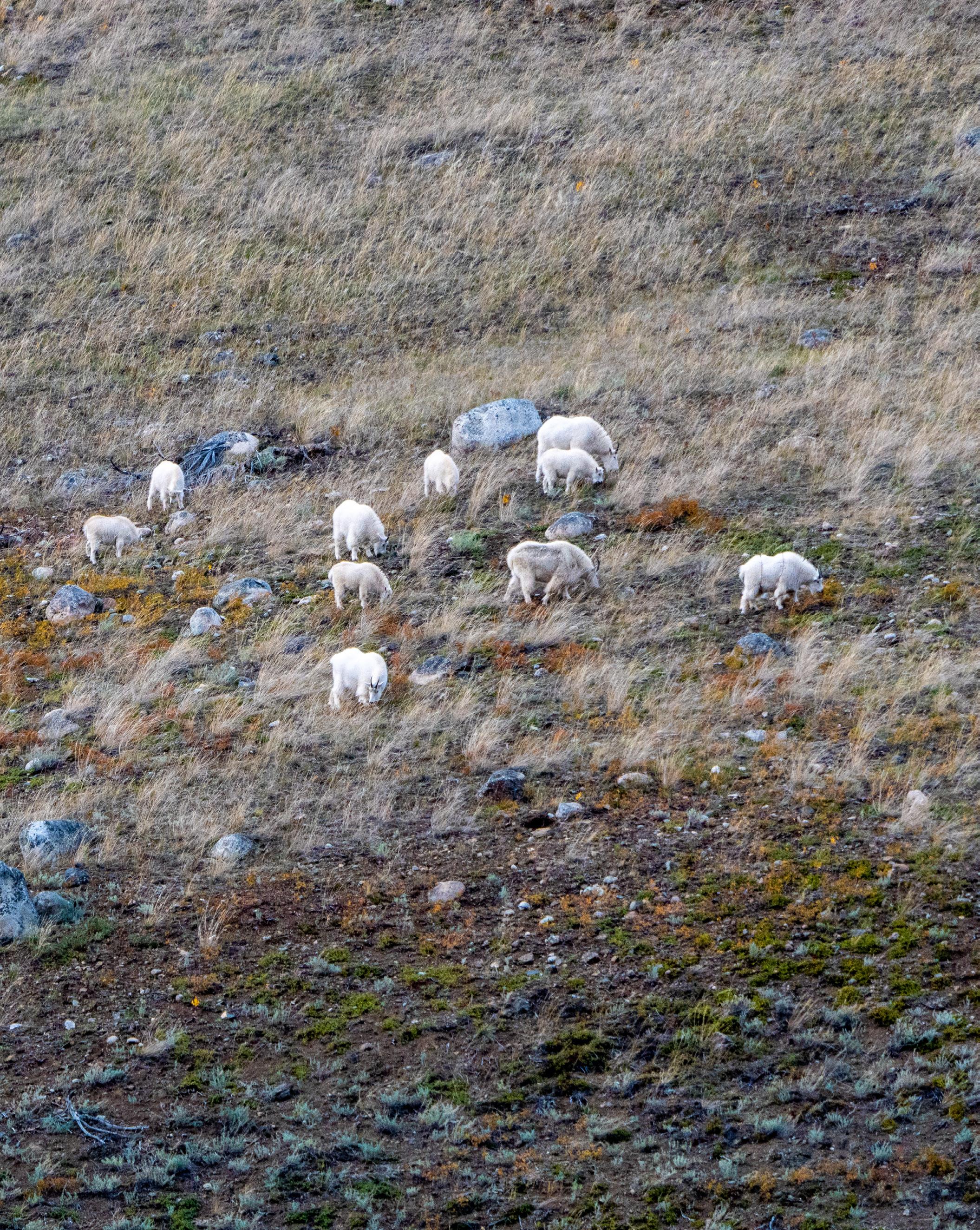
5 minute read
Indigenous Protected and Conserved Areas (IPCAs
Kyle Risby
TSI Youth Representative

Dẕenēs hoti’e Tahltans,
I hope that the fall is treating you well. Our Nation has a wonderful opportunity to show the world how Tahltans steward the land and protect it for future generations. The Tahltan Central Government (TCG) and the Government of Canada have agreed to create new Indigenous Protected and Conserved Areas (IPCAs). All of Tahltan Territory is protected by Tahltan law according to our Nation’s government. An IPCA will have a special management process requiring it to be respected and honoured by all Tahltans and non-Tahltans.
In 2019, the TCG applied for funding through the federal government to create three new IPCAs in Tahltan Territory. As of now, there are three identified areas: Sheslay, Tahltan Lake, and Klappan. Our goal is to work with Canada and British Columbia to establish protected areas that are significant to Tahltans. An IPCA is one of many ways that we can ensure future generations can continue to harvest from Tahltan Territory. Our ancestors defended and stewarded the territory at the cost of their own blood. Our obligation to their sacrifice is to continue to uphold Tahltan laws and cultural values that are rooted in our identity and our Tahltan way of life, which are connected to the land.
Our Tahltan way of life and values will be used to develop regulations and laws to guide the stewardship of Tahltan Territory. An IPCA is a special area that will have more restricted stewardship so our relatives can continue to live into the future. IPCAs in Tahltan Territory will be connected through the Tahltan Stewardship Initiative (TSI).
Our Tahltan name was taken from the first settlement at the mouth of the Tahltan River before the Great Flood. Tahltan’s historical relation to the water, salmon was captured in 1911 by G.T Emmons, who noted that that our ancestors referred to Tahltan as Tutcher anne, meaning ‘where the fish (salmon) jump up the little water’, (Tahltan River), or, ‘when the fish leave the water for the land,’ referring to the stranding of the salmon as they work their way over the shallows in the smaller river. Our relationship with fish, animals, water, and land is captured in our Tahltan stories, spirituality, life view, agency, and relations. Our ancestors and our future generations will be considered in our IPCA planning process through your voice and presence.
Our IPCAs will be a foundational pillar in the Tahltan Stewardship Plan that will see industry and governments respect Tahltan rights and title. We are taking an important step in asserting our rights and title, and more importantly, we are taking steps to unite our people and Leadership in decision-making. Tahltans will see themselves in our IPCAs and decision-making and will be proud.
Our goal is to create a Stewardship Plan that all Tahltans will respect and help enforce. To do this we must have hard conversations and we will disagree with one another, but through this difficult process we will become closer through deliberated common
ground rooted in love and oneness.
Our TSI will host engagement sessions which will provide opportunities for Tahltan citizens to contribute to values and principles that will develop our planning process for Tahltan IPCAs. Through our collective minds, respectful discussions, and accountability, we can use Tahltan stories and our modern stewardship to facilitate our sessions.
This past summer, we heard stories from our Elders Council that demonstrated a beautiful spiritual relationship connected to the land through our hearts. When we connect our minds and our hearts together, we will build a plan that protects Tahltan Territory until the last sunrise.
Tahltan Lake, for example, is an important spawning area for salmon. There are global fisheries concerns and Tahltans have a spiritual relationship with our fish and salmon. Our Tahltan stories provide us a window into our ancestors’ deep relationship with salmon and Tahltan lake.
In stories like Earth Mother, and Salmon and Water, we can see Tahltan life view that views water as a mother’s milk, and water that is a salmon spawning source is held as a precious and life-giving entity. Protecting Tahltan Lake honours our relationship with salmon so future generations can continue to harvest and learn Tahltan culture and history.
To honour our ancestors and to protect Tahltan history, Sheslay is an area that we want to protect for culture and heritage and as an environment that allows our big game animals, plants, trees, and life to flourish. Protecting Sheslay acknowledges the seasonal migration of Tahltans and our culture and heritage. Our Elders have been on flights with our Culture & Heritage Department that have demonstrated our special relationship to Sheslay. Our goal is to continue listening to Tahltan stories so our team can protect important cultural areas that hold spirituality and resources for our relatives.
The Tenh Dẕetle Conservancy (formerly known as Mount Edziza Conservancy) is an example of partnerships and acknowledgement of Tahltan stewardship between government and industry. Mount Edziza is sacred to our people and connecting Tenh Dẕetle Conservancy to our wildlife stewardship goals ensures caribou and wildlife are protected for future generations.
Klabona Keepers have risen up to protect Klappan Mountain and our TSI team recognizes the Klappan region as a foundational model for a Tahltan IPCA. We will work with Tahltans to understand the spiritual and stewardship needs and apply these to the development of a management area and designation of an IPCA. By listening to our community to build a better understanding of the powerful connection between the sacred headwaters and the land, we will aim to articulate this relationship in our complex modern world in a special management framework that honours and protects Tahltan wildlife, fisheries, and culture and heritage.
By listening to our community, we create synergy in our relationships with each other and the land that will build a better Tahltan Stewardship Plan. We must find our foundation within our hearts and the land guided by our citizens and relations through deliberation.












